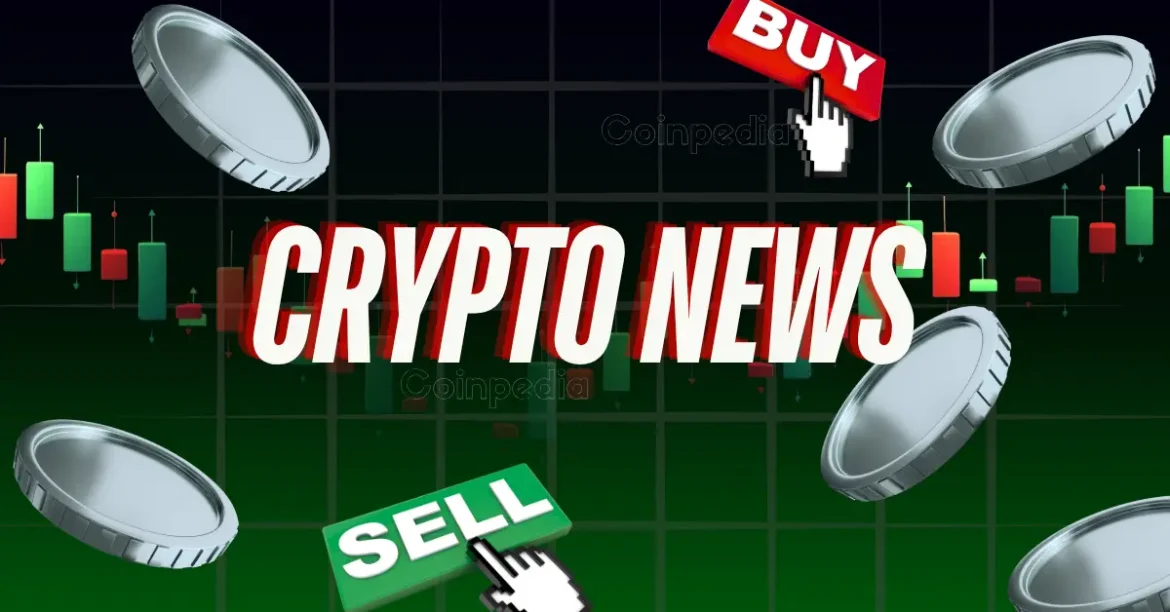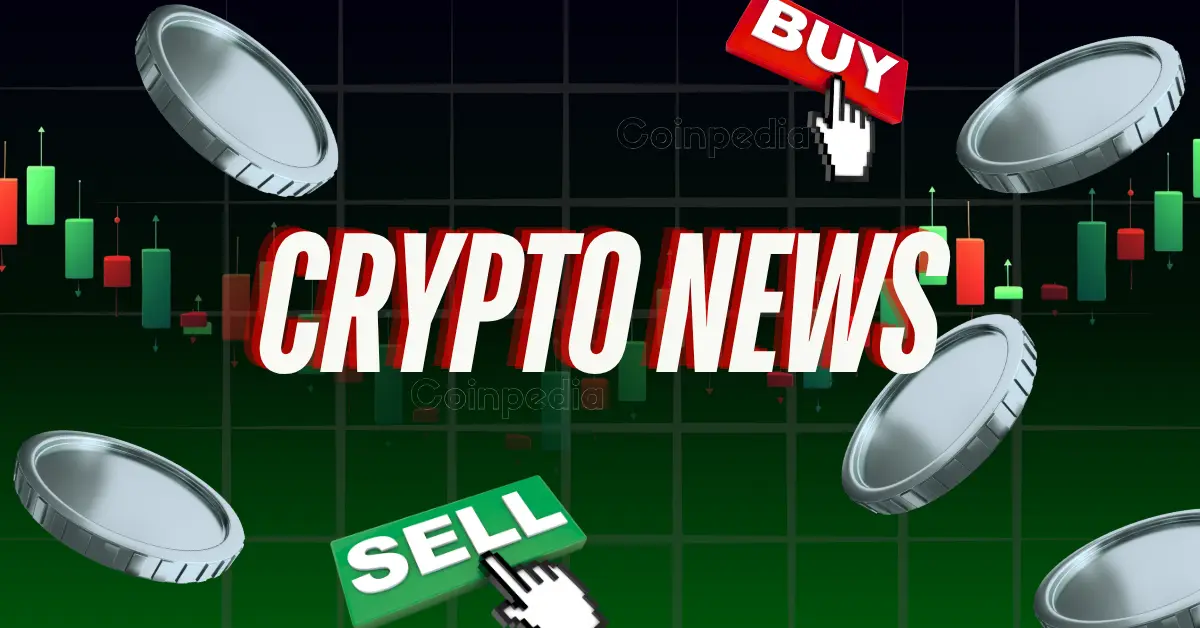The USD1 Controversy: A Storm Brewing in the Crypto World
A Tangled Web of Power, Finance, and Crypto
The intersection of politics, finance, and cryptocurrency is rarely smooth, but the emergence of USD1, a stablecoin linked to the family of President Donald Trump in 2025, has created a particularly turbulent situation. This venture has ignited a firestorm of controversy, raising serious questions about conflicts of interest, regulatory independence, and the future of stablecoin regulation in the United States. Concerns voiced by senators, regulatory scrutiny, and the passage of groundbreaking crypto legislation have all converged, placing USD1 at the center of a heated debate.
The Genesis of USD1 and WLFI
USD1 is a U.S. dollar-pegged stablecoin issued by World Liberty Financial (WLFI), a cryptocurrency platform with direct ties to President Trump’s family. The launch of this stablecoin has triggered alarm bells in Washington, with lawmakers questioning the ability of financial regulators to maintain impartiality given the President’s vested interests. The significance of this situation is magnified by the increasing prominence of stablecoins in the digital economy. These digital assets, designed to maintain a stable value relative to traditional currencies like the U.S. dollar, are used for trading, lending, and other financial activities within the crypto ecosystem.
Legislative Triumphs and Regulatory Scrutiny
July 2025 marked a pivotal moment for cryptocurrency regulation in the U.S., with Congress passing the Guiding and Establishing National Innovation for U.S. Stablecoins Act of 2025, also known as the GENIUS Act. This landmark legislation aims to provide a regulatory framework for stablecoins, granting the Office of the Comptroller of the Currency (OCC) expanded powers to oversee large non-bank stablecoin issuers, potentially including WLFI.
However, this legislative progress has been accompanied by intense scrutiny of USD1. Senators, led by Elizabeth Warren, have voiced concerns about potential conflicts of interest arising from President Trump’s financial involvement in WLFI. They argue that the President could exert influence over regulatory decisions concerning USD1, potentially hindering the OCC’s ability to set robust rules for stablecoins or investigate WLFI.
Key Concerns Raised by Lawmakers
The concerns surrounding USD1 extend beyond mere political posturing. They touch upon fundamental principles of regulatory independence and market integrity. Some of the key issues raised by lawmakers include:
Conflicts of Interest
President Trump’s financial stake in WLFI raises concerns that he could interfere with regulatory decisions concerning USD1, potentially benefiting his family’s business interests at the expense of fair regulation. This conflict of interest is particularly troubling given the President’s ability to influence the appointment of key regulatory officials and the direction of regulatory policy.
Regulatory Independence
The close ties between WLFI and the President’s family raise questions about whether regulatory agencies like the OCC and the Federal Reserve can operate independently, free from political pressure. The independence of these agencies is crucial for maintaining public trust in the regulatory process and ensuring that stablecoins are subject to fair and consistent oversight.
Potential for Undue Influence
There are fears that the President could use his position to block unfavorable decisions regarding USD1, demand lenient treatment for WLFI, or even impede investigations into the company’s practices. This potential for undue influence undermines the integrity of the regulatory process and raises concerns about the fairness of the market for stablecoins.
National Security Implications
The involvement of a sitting president in a cryptocurrency venture raises concerns about potential national security risks, particularly if the stablecoin is used for illicit activities or to circumvent sanctions. The U.S. government has a vested interest in ensuring that stablecoins are not used to facilitate illegal activities or undermine the country’s financial stability.
The OCC’s Role Under the Microscope
Given these concerns, the OCC’s role in regulating USD1 has come under intense scrutiny. Senators have demanded that the OCC explain how it will prevent President Trump’s financial interests from influencing stablecoin rules and whether it will investigate competitors of the Trump family’s crypto ventures. Elizabeth Warren sent a letter to OCC chief Jonathan Gould, raising concerns over the potential conflicts with the Trump family’s USD1 stablecoin under new federal oversight rules.
The senators have specifically requested information on the following:
Controls to Avoid Political Influence
Whether the OCC has controls in place to avoid undue political influence from the President. This includes measures to ensure that regulatory decisions are based on objective criteria and are not influenced by political considerations.
Mitigation of Future Risks
How the OCC will mitigate any future risks posed by USD1. This includes assessing the potential for market manipulation, ensuring compliance with anti-money laundering (AML) and know-your-customer (KYC) regulations, and monitoring the stablecoin’s impact on financial stability.
Ensuring Fair Competition
How the OCC will ensure fair competition in the stablecoin market, preventing the President from using his position to disadvantage USD1’s competitors. This includes ensuring that all stablecoin issuers are subject to the same regulatory standards and that the market remains level for all participants.
The DOJ’s Crypto Crackdown: A Shadow Over USD1
While the political and regulatory spotlight shines brightly on USD1, broader developments in the cryptocurrency space add another layer of complexity to the situation. In July 2025, the Department of Justice (DOJ) filed a civil forfeiture complaint for the seizure of over \$225 million in USDT, a leading stablecoin.
This action, while not directly related to USD1, underscores the government’s increasing scrutiny of stablecoins and their potential use in illicit activities. It also highlights the risks associated with stablecoins that may not be fully compliant with regulatory requirements. The DOJ’s crackdown on USDT serves as a reminder that stablecoins are not immune to regulatory enforcement actions and that issuers must adhere to strict compliance standards.
WLFI’s Defense and the “Official Trump Meme Coin”
WLFI has defended its USD1 stablecoin, asserting that it is committed to complying with all applicable regulations and that its operations are independent of political influence. However, the company’s association with the “Official Trump meme coin” has further fueled controversy.
Senator Blumenthal requested extensive documentation from both WLFI and Fight Fight Fight LLC, the company behind the Official Trump meme coin, raising questions about the potential for market manipulation and financial entanglements. The meme coin’s association with the President’s family and its potential impact on the broader crypto market have added to the regulatory scrutiny facing USD1.
Market Impacts and the Future of Stablecoins
The USD1 controversy has undoubtedly had an impact on the broader stablecoin market. While leading stablecoins with market caps exceeding \$250 billion continue to operate, the increased regulatory scrutiny and the potential for stricter rules have created uncertainty among investors.
The long-term implications of the USD1 situation for the future of stablecoins remain to be seen. However, it is clear that the U.S. government is taking a more assertive approach to regulating these digital assets, and that companies operating in this space will need to adhere to the highest standards of compliance and transparency. The regulatory framework established by the GENIUS Act will play a crucial role in shaping the future of stablecoins in the U.S. and ensuring that they operate in a safe and stable manner.
Conclusion: Navigating the Uncharted Waters of Crypto Regulation
The USD1 controversy serves as a stark reminder of the challenges inherent in regulating the rapidly evolving world of cryptocurrency. The intersection of political power, financial interests, and digital assets creates a complex and potentially volatile environment.
As lawmakers grapple with the task of establishing a clear and effective regulatory framework for stablecoins, the need for transparency, independence, and a commitment to protecting investors and the integrity of the financial system has never been more crucial. The future of stablecoins in the U.S. depends on the ability of regulators to navigate these uncharted waters with wisdom and resolve. The regulatory framework established by the GENIUS Act will play a crucial role in shaping the future of stablecoins in the U.S. and ensuring that they operate in a safe and stable manner. The USD1 controversy highlights the need for vigilance and proactive regulation to ensure that the benefits of stablecoins are realized while minimizing the risks to the financial system and national security.





